I once flew to Paris just to have lunch
To Paris I went without care, without crunch
I once flew to Paris just ’cause I could
On a plane, on a whim, on the hopes of meals good
To Paris I flew, alone as it were
Leaving the wife to her toils, don’t think me a cur
A fantasy it had been throughout my manhood
To fly just for lunch, thinking I should…
Learn French, eat France, explore all things Gaulois!
My fate I once thought, it wistfully was
Today on this day, I thought of such things
And the swings of good fortune which enabled such flings
To meet Mariani, a gastronome friend
Paris did beckon us fellow curmudgeons
On landing that morn, I rubbed out the sleep
Where I’d dreamed to myself of lambs, ducks and geese
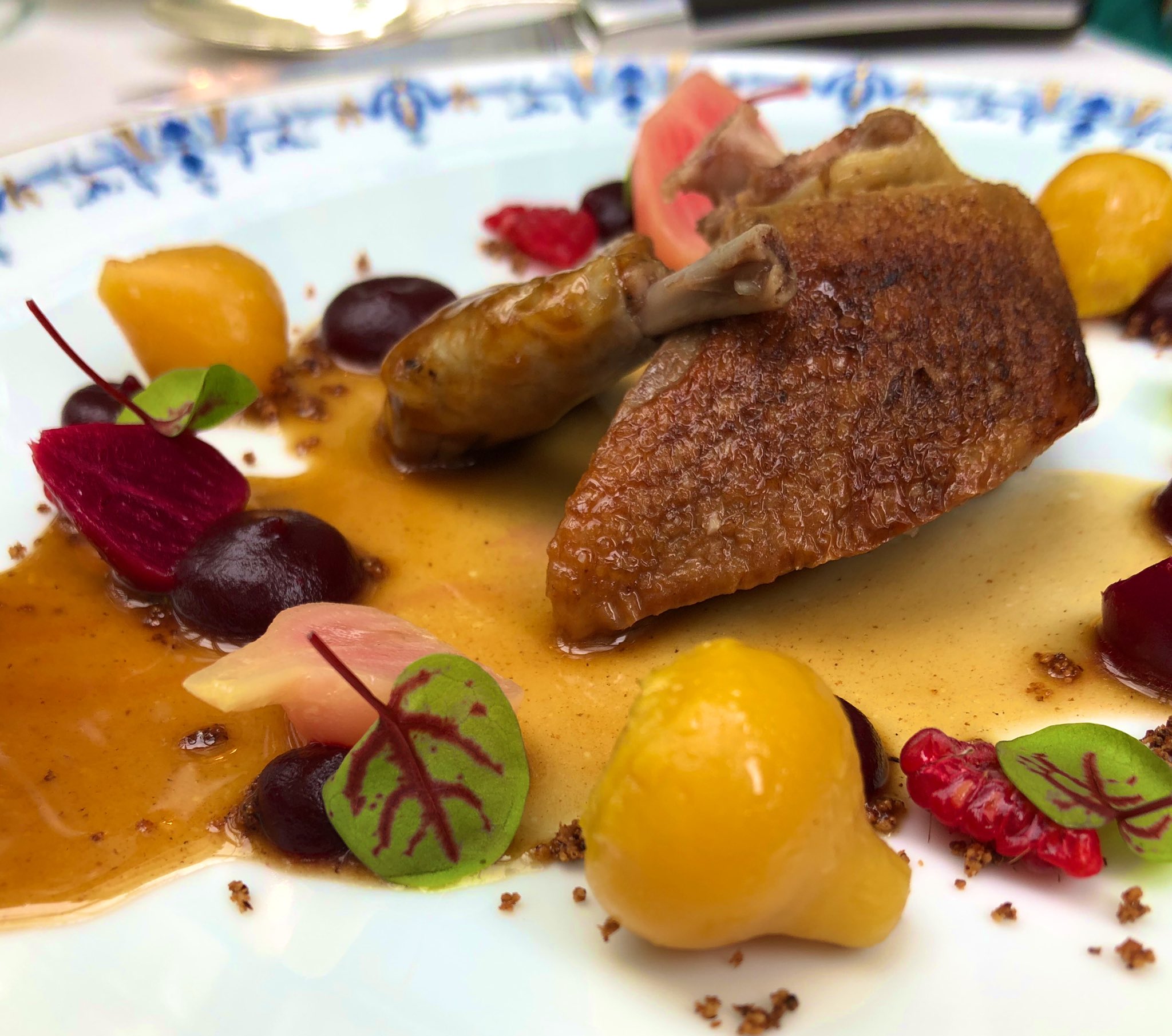
To the Ritz as it were, did we travel that day
Where a meal was awaiting the French call déjeuner
The difference you see, is one of degree
For in France you can feast, and here we just feed
A pity it seems, so to France I did fly
To eat like a king and kiss troubles goodbye
How much do you ask, would be this repast?
Expensive it is, too much for mere mortals
But walking is free among these luxe portals
This is insane, I thought on the Seine
To travel for food so many disdain
But undaunted I was, so to lunch I did go
For dining so fine it sets me aglow
The Ritz is The Ritz, as ritz as they come
As were our courses, one after one
So beautiful they were, elegant, precise
Both John and I could’ve eaten them thrice
And the bread, oh the bread, for which French are so famous
Rising and baking Français are not aimless
Crusty, yeasty, with softness yet crunch
One travels an ocean to have it for lunch
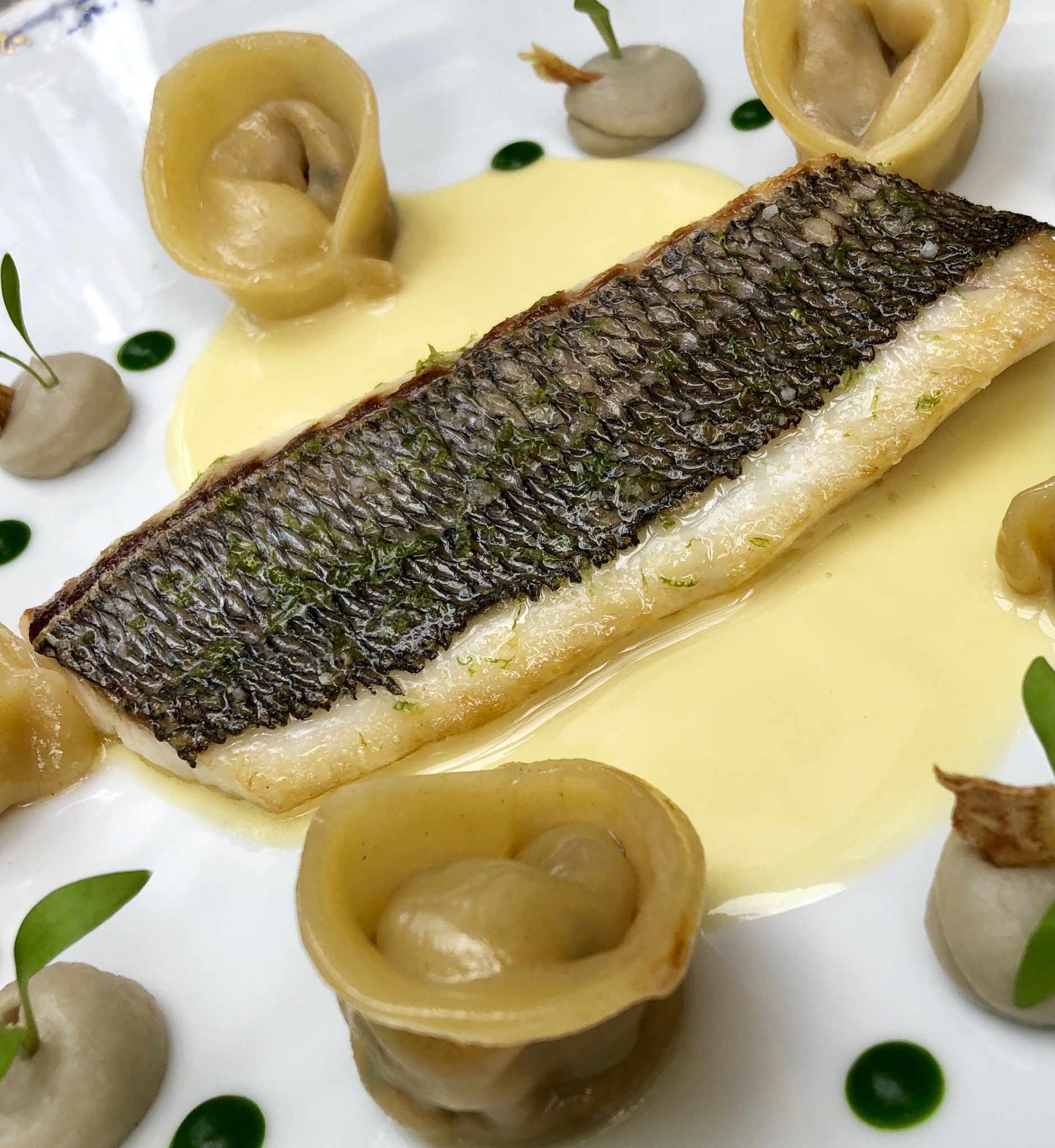
And while we’re at it, did we mention the fish?
Nowhere on earth, is it found this delish
The French have a way with all things that swim
While America flounders with fins the most grim
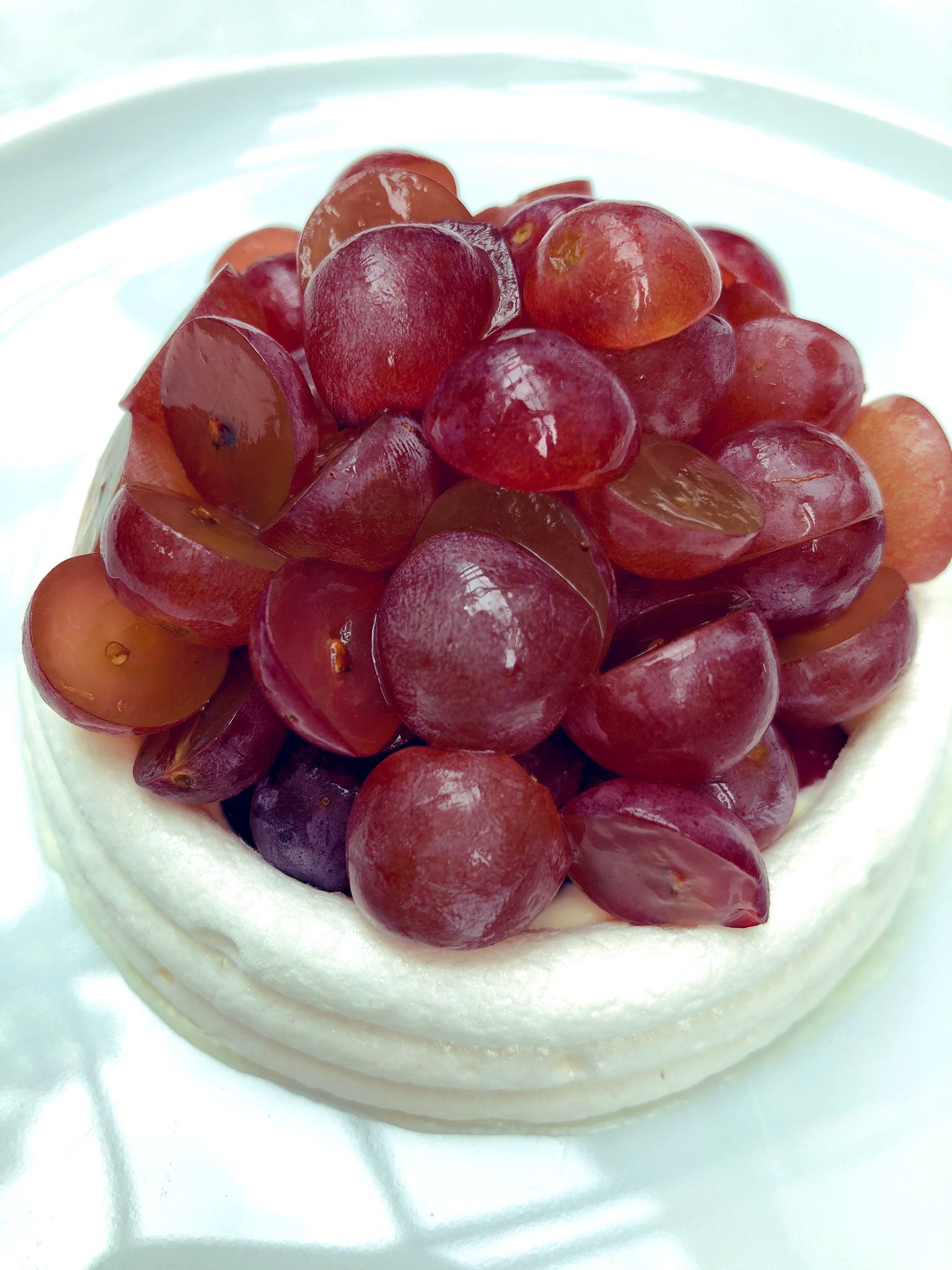
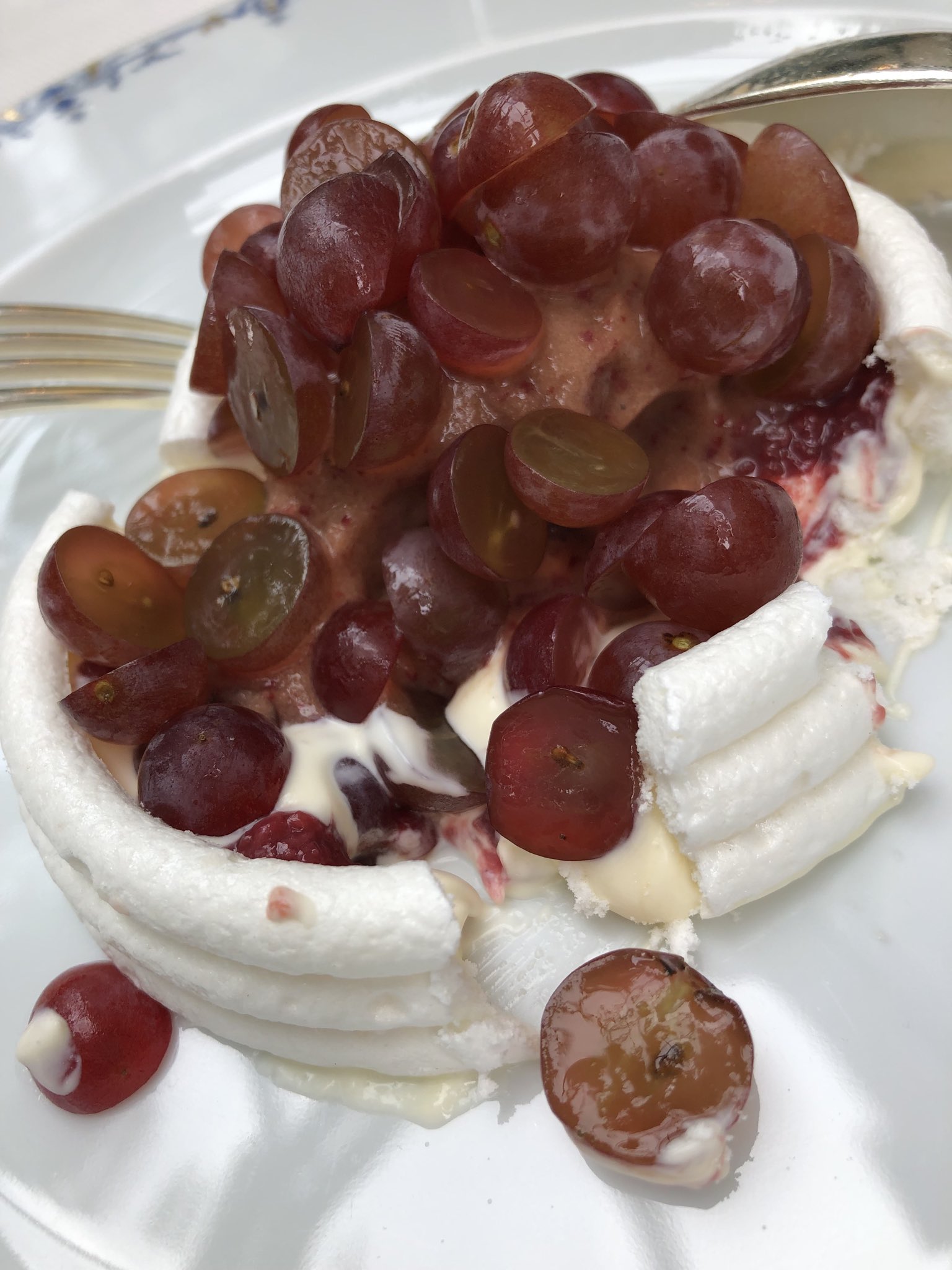
And it goes without saying that desserts reign supreme
Anywhere the French are whipping some cream
The Ritz, as you imagine, is kingly of sorts
When it comes to sorbets, meringues, tarts and tortes.
An art form lunch is, in France like no other
With wine, with cheese, with friends or a lover
I once flew to France just for a feast
On food so sublime all troubles did cease.
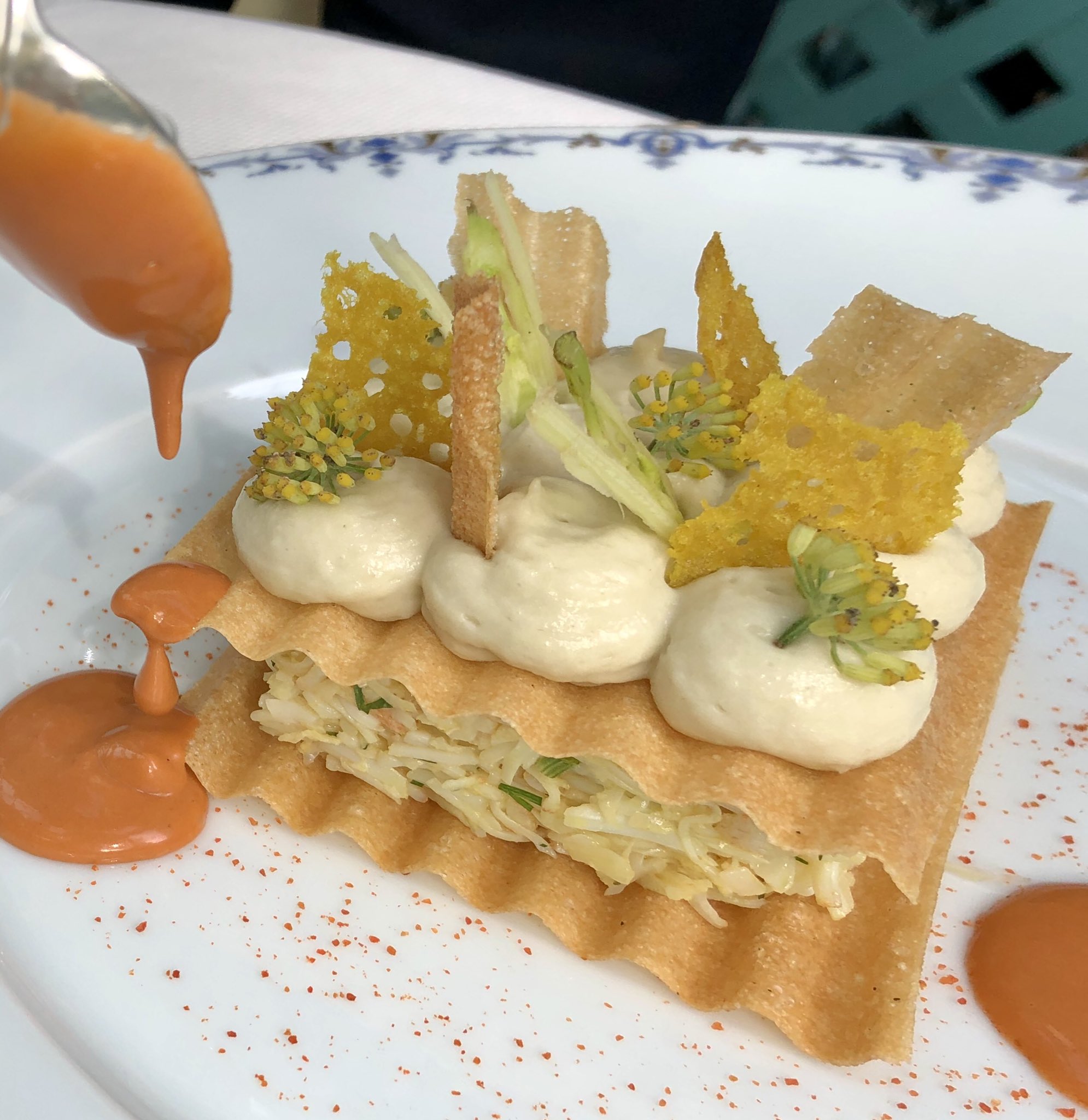

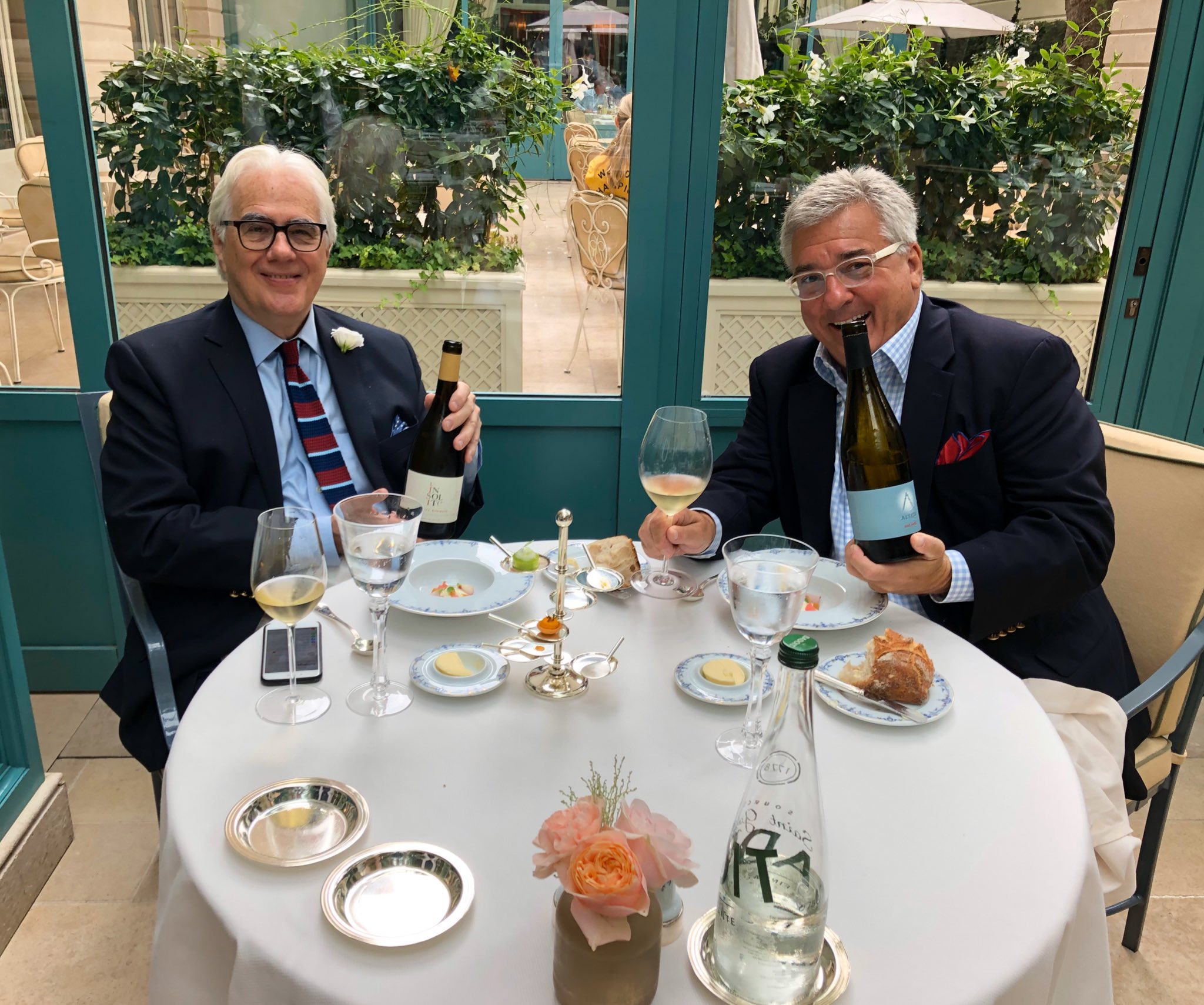
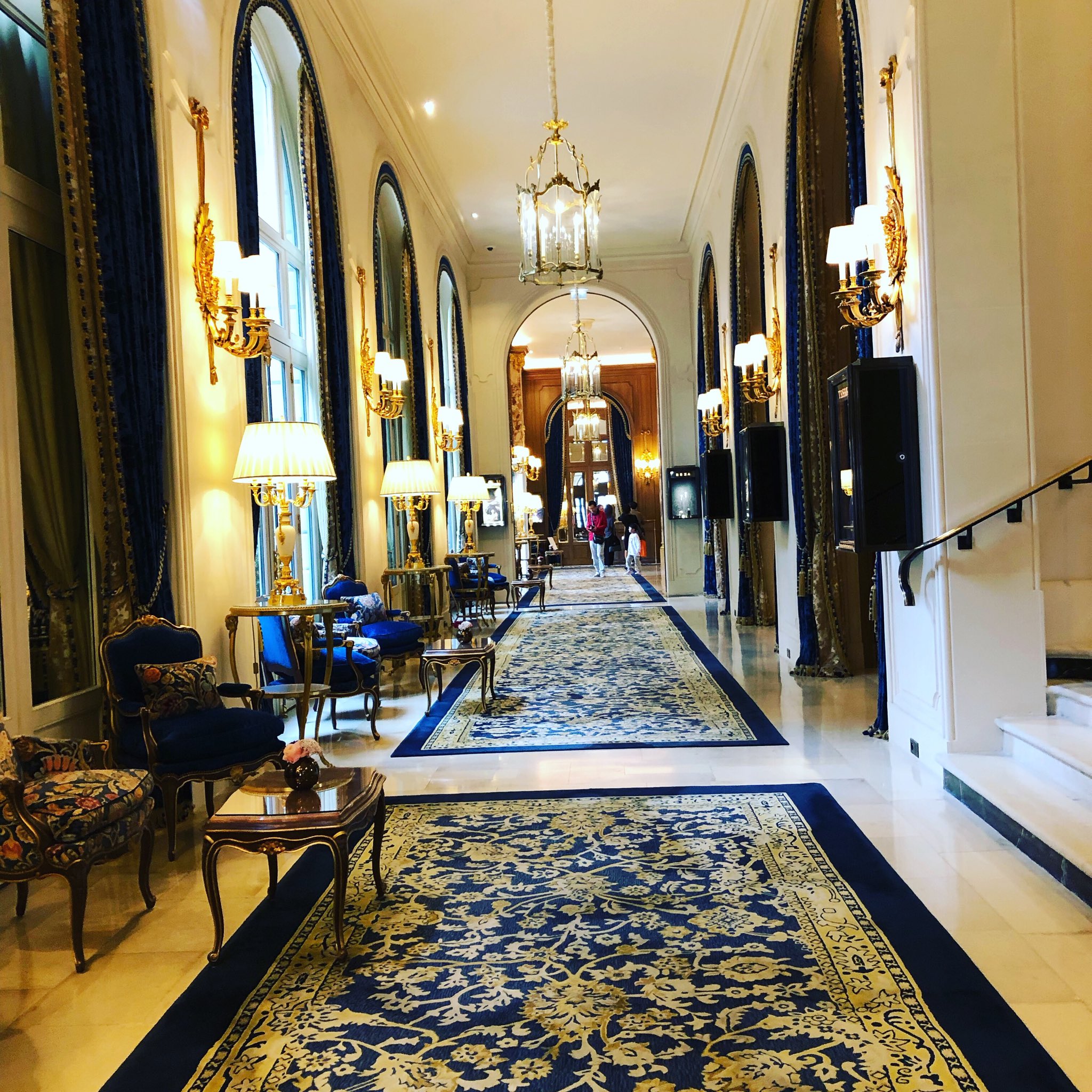
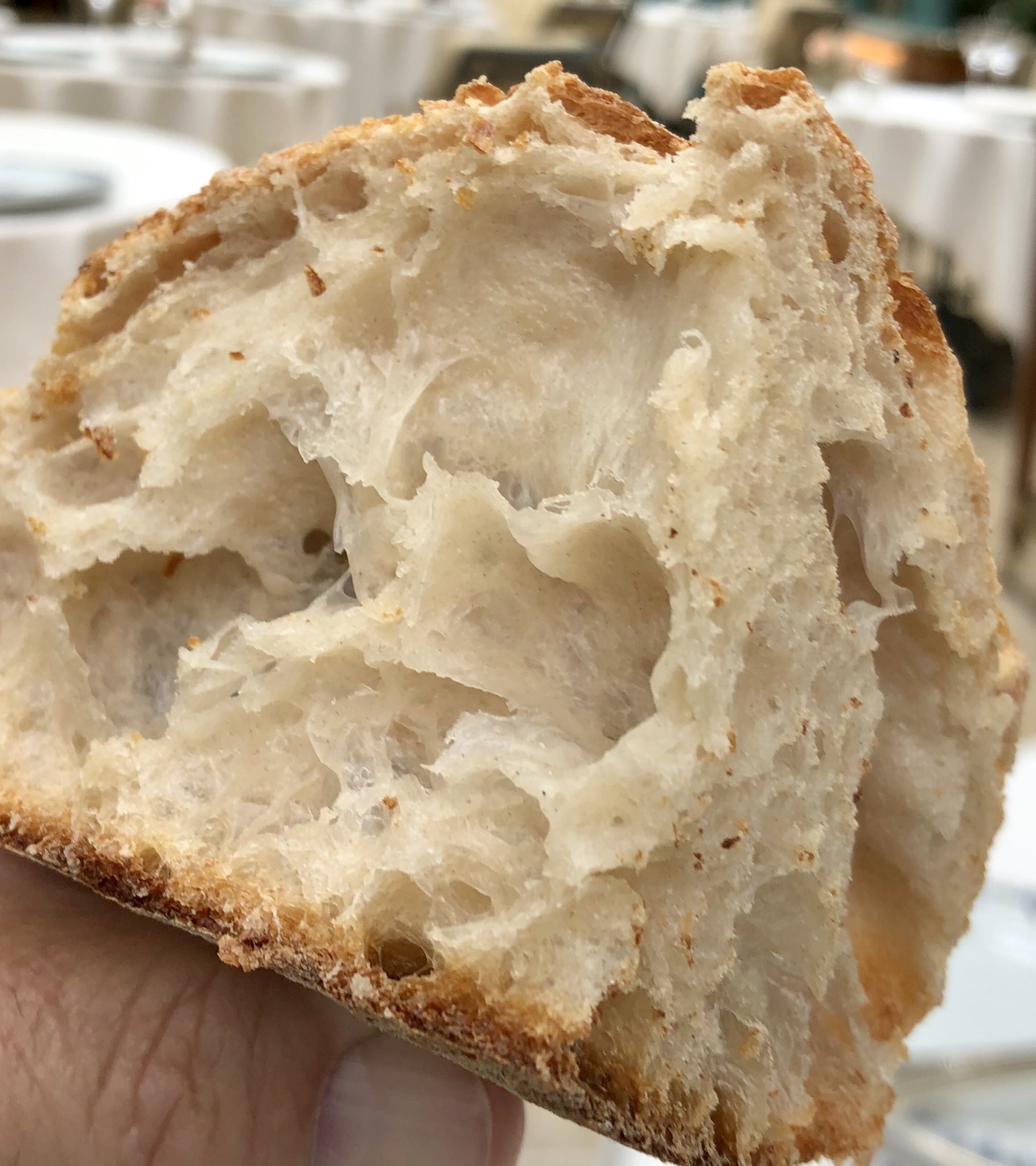
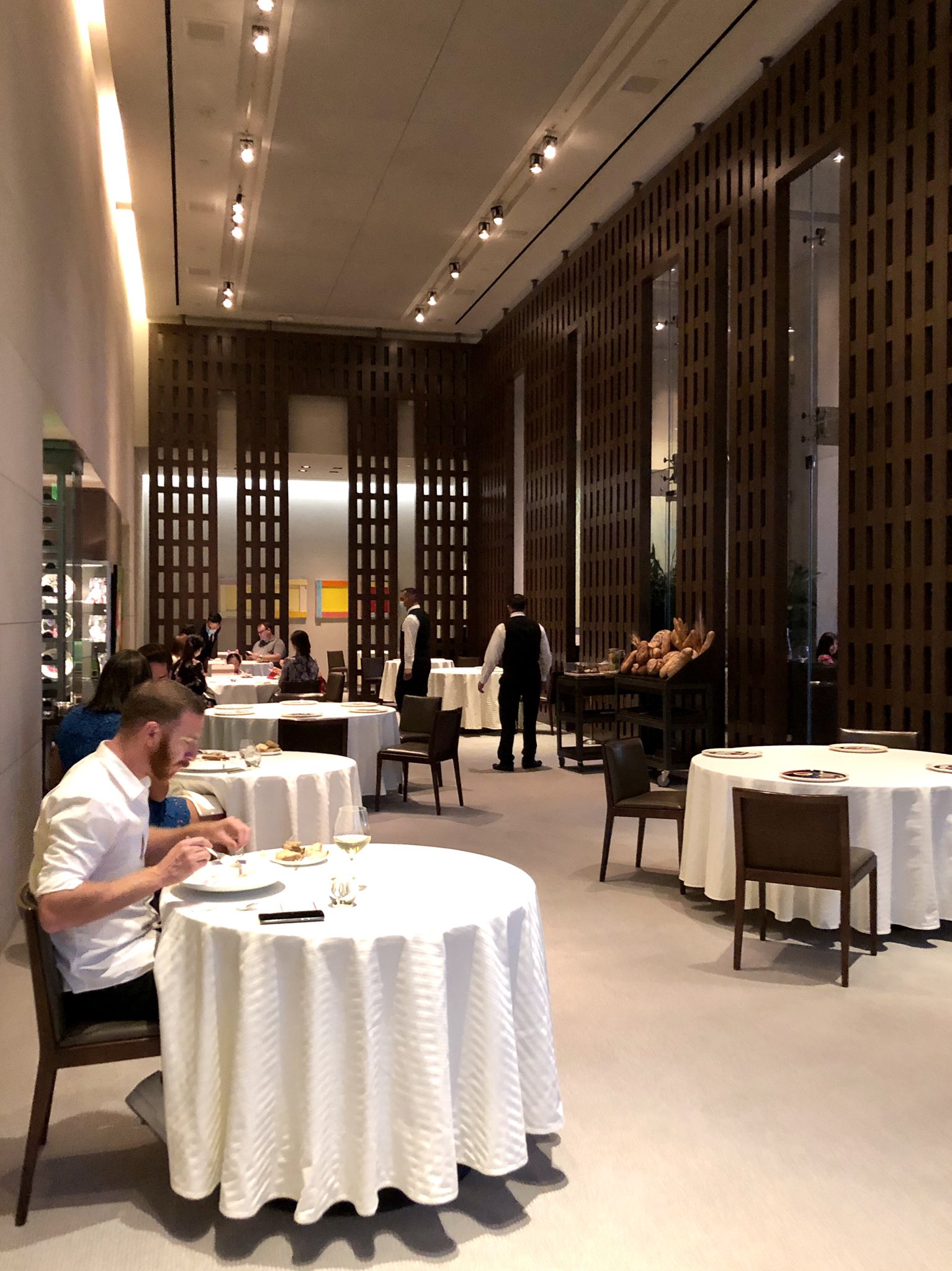
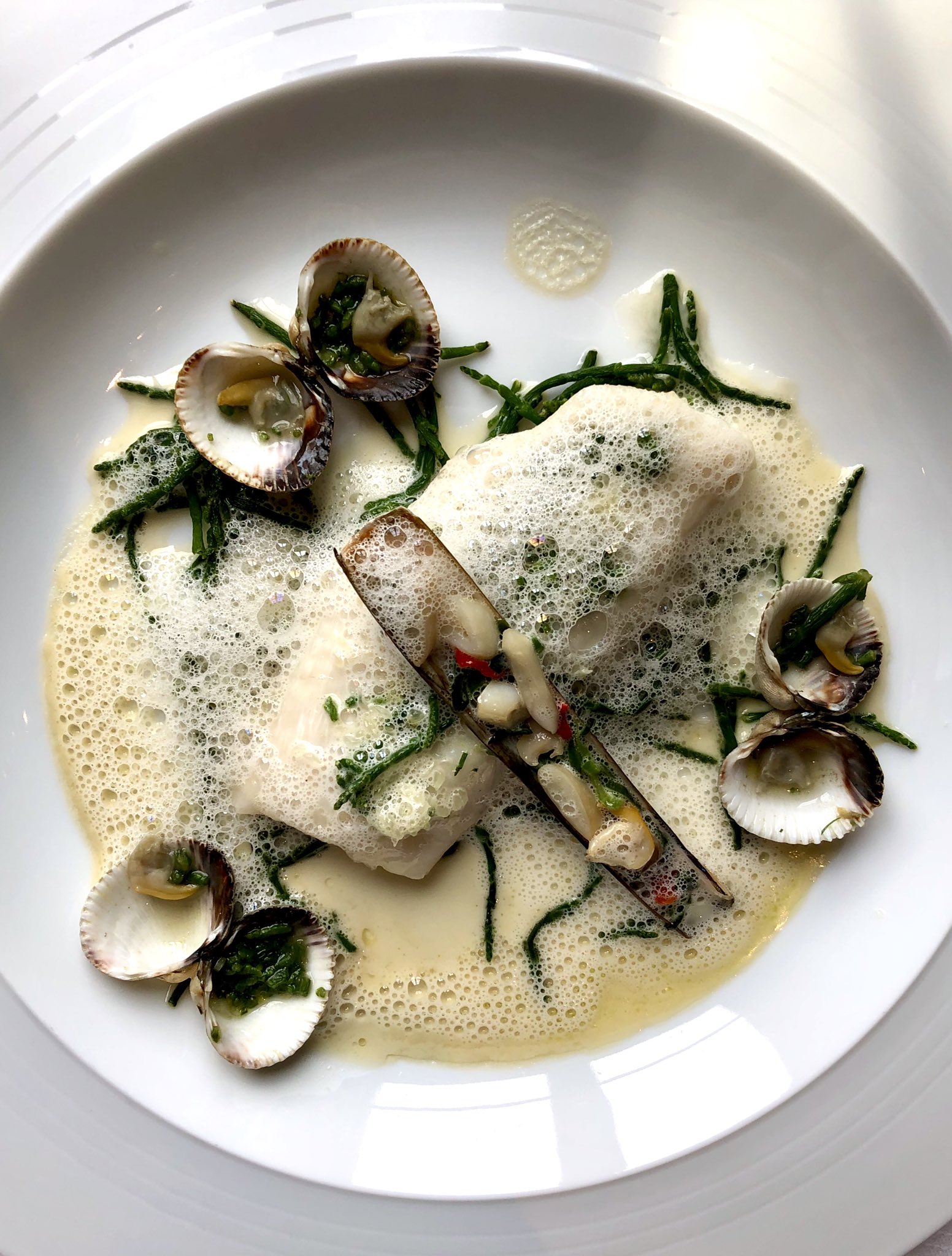 (It’s tough to clam up about GS)
(It’s tough to clam up about GS)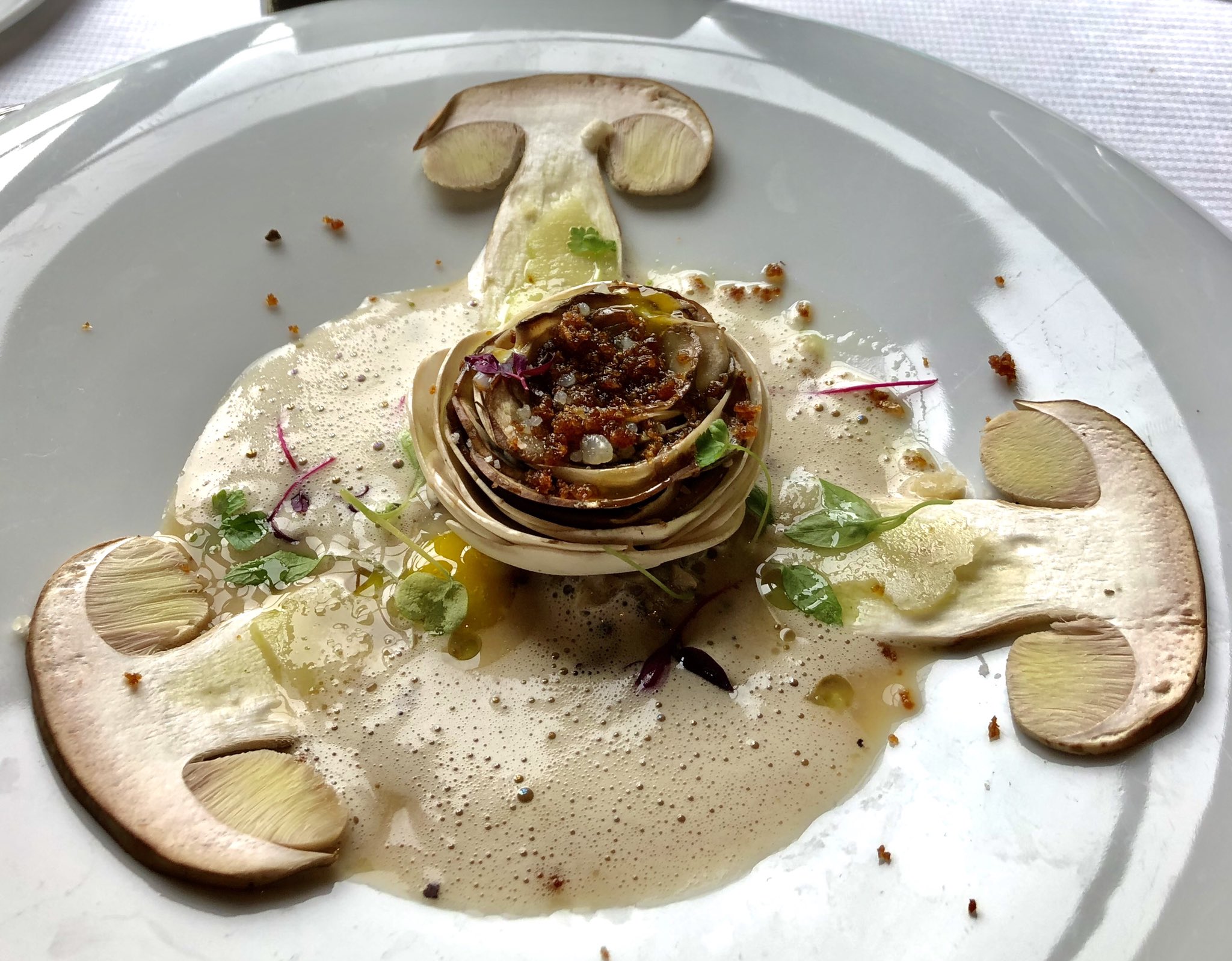 (Ex-cepe-tional Parisian eats)
(Ex-cepe-tional Parisian eats)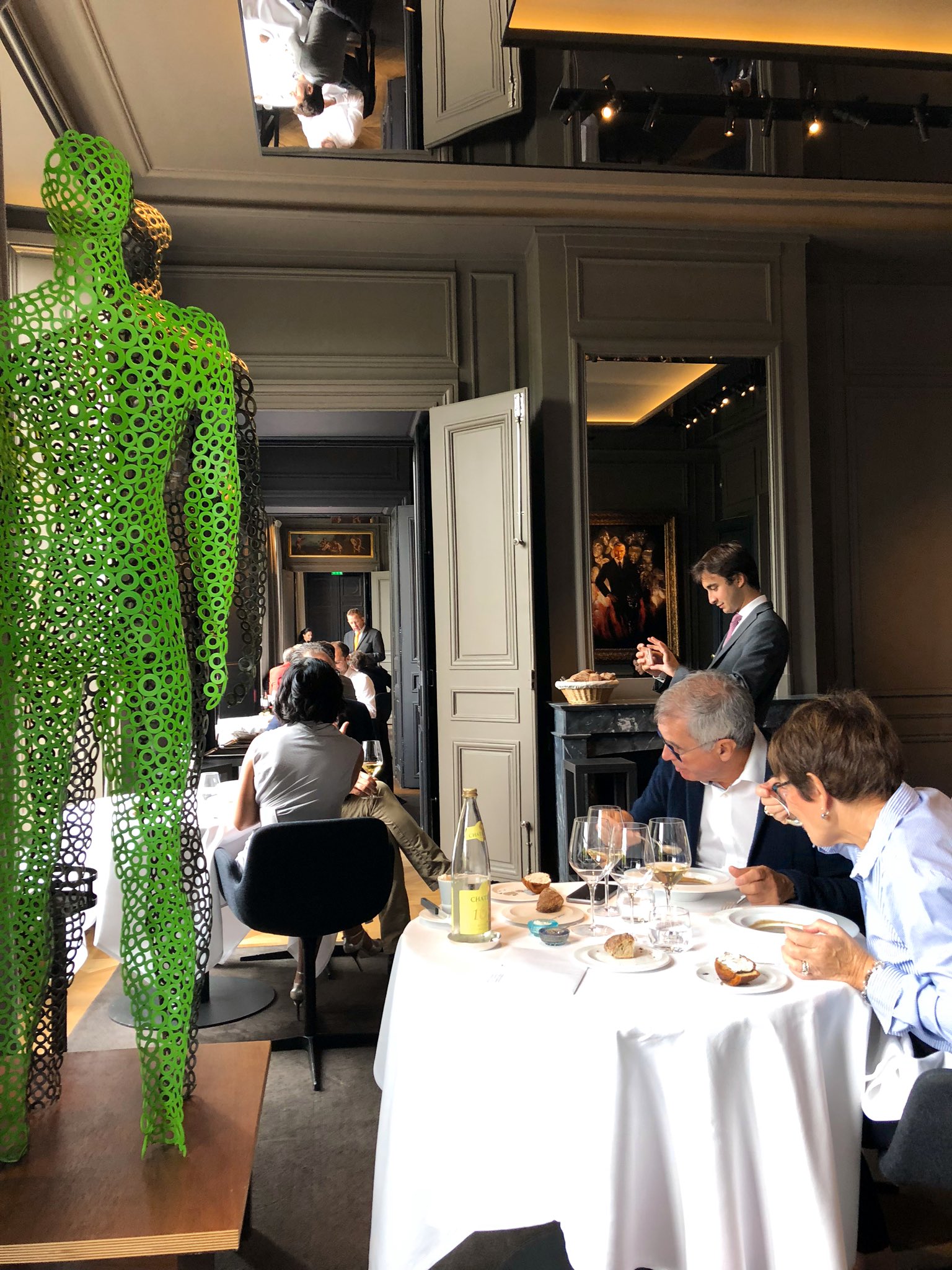 (Guy Savoy Paris)
(Guy Savoy Paris) (Sweetbreads and peas in Gay Paree)
(Sweetbreads and peas in Gay Paree)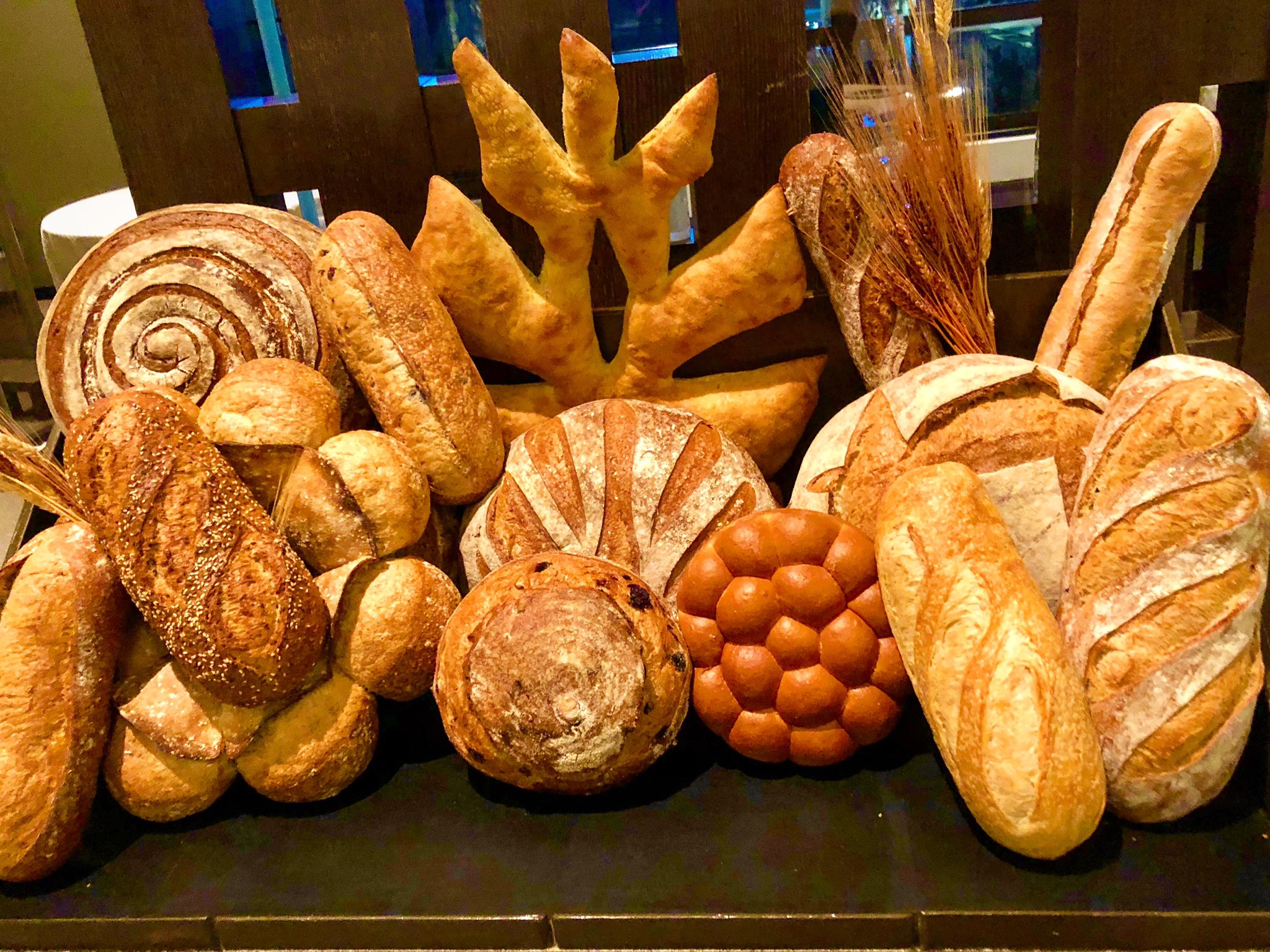 (There’s a lot to loaf about Guy Savoy)
(There’s a lot to loaf about Guy Savoy)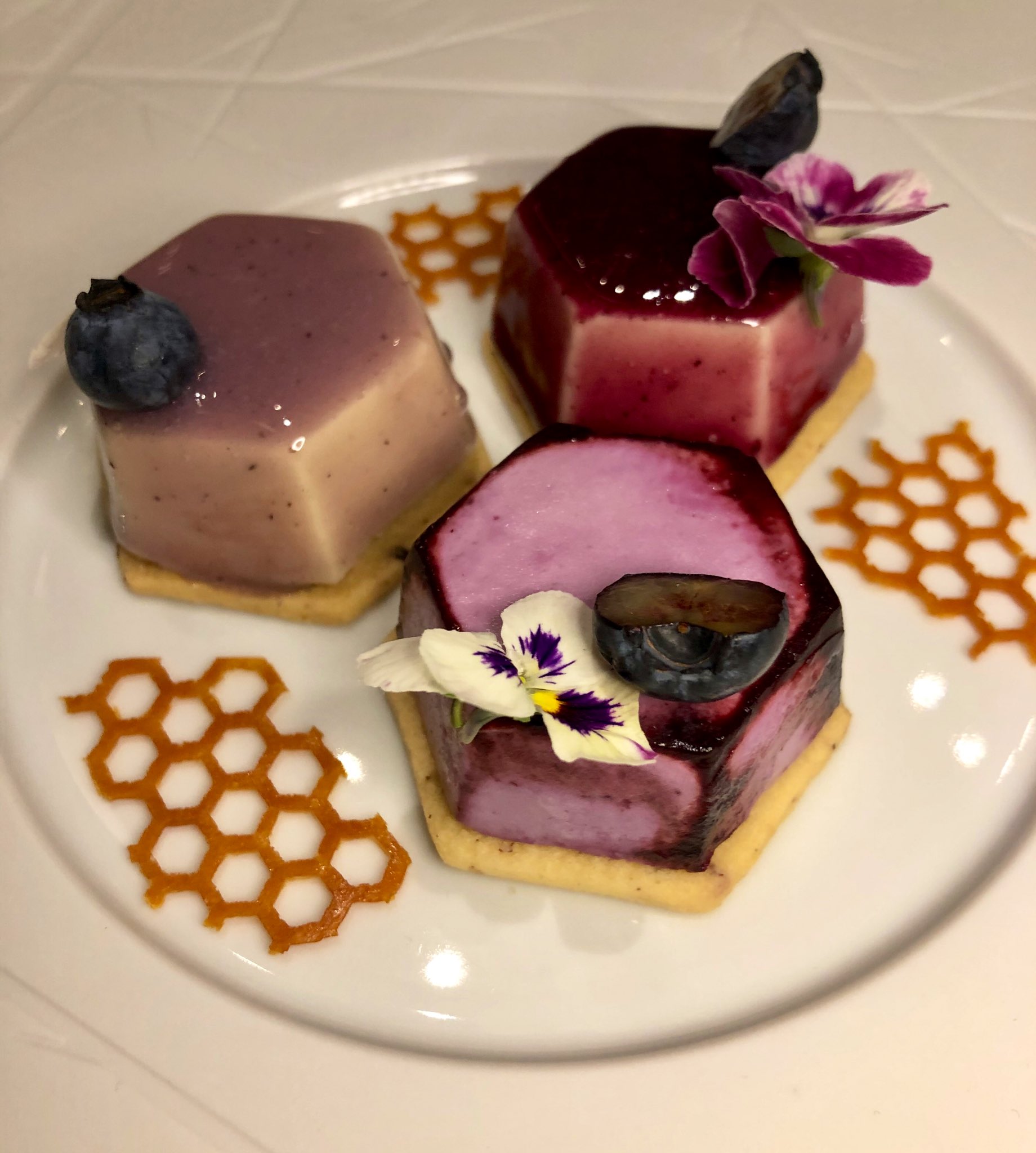 (Berry berry berry good)
(Berry berry berry good) (Spinach-truffle “Napoleon”)
(Spinach-truffle “Napoleon”)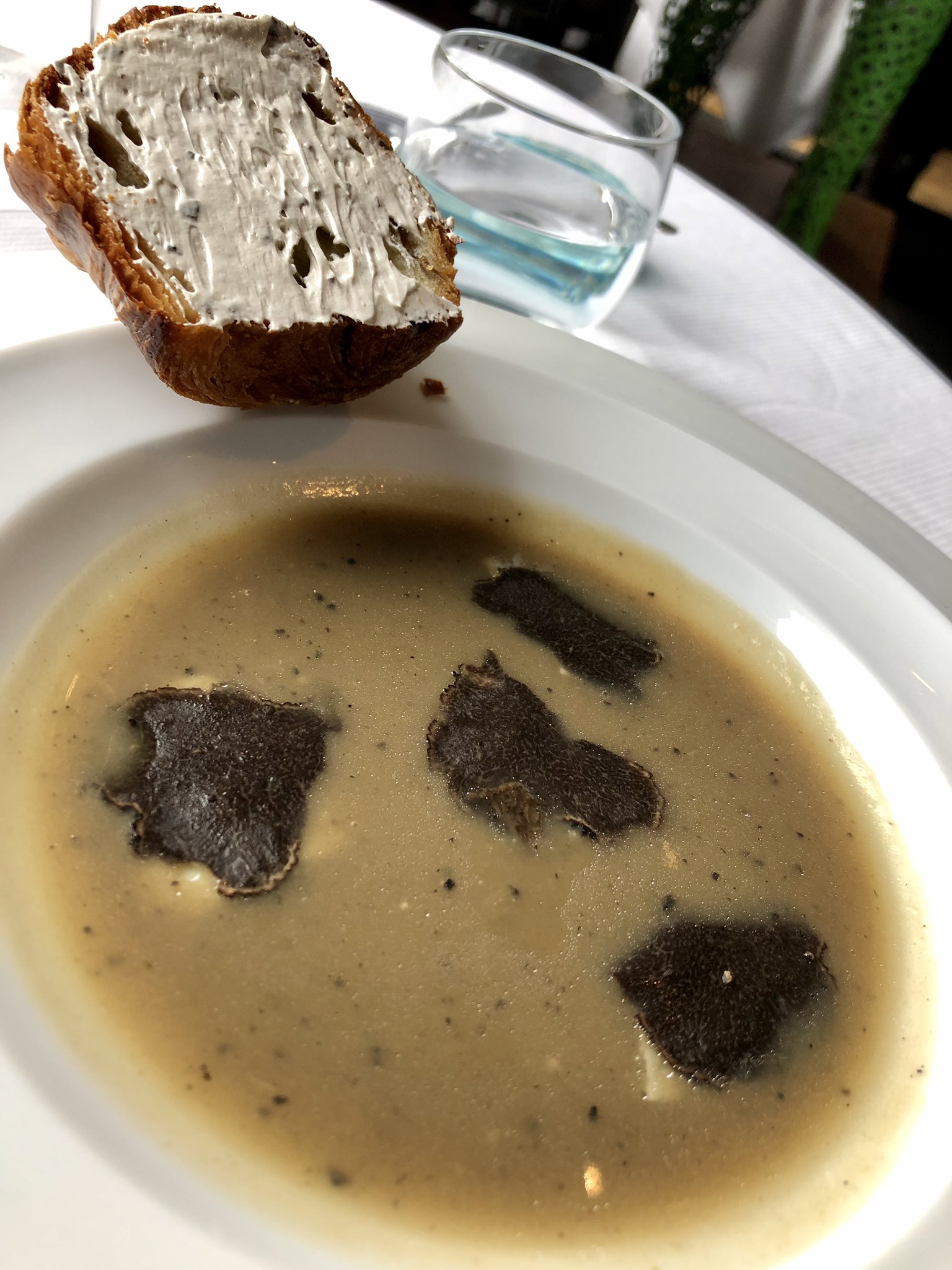 (The world’s greatest soup)
(The world’s greatest soup)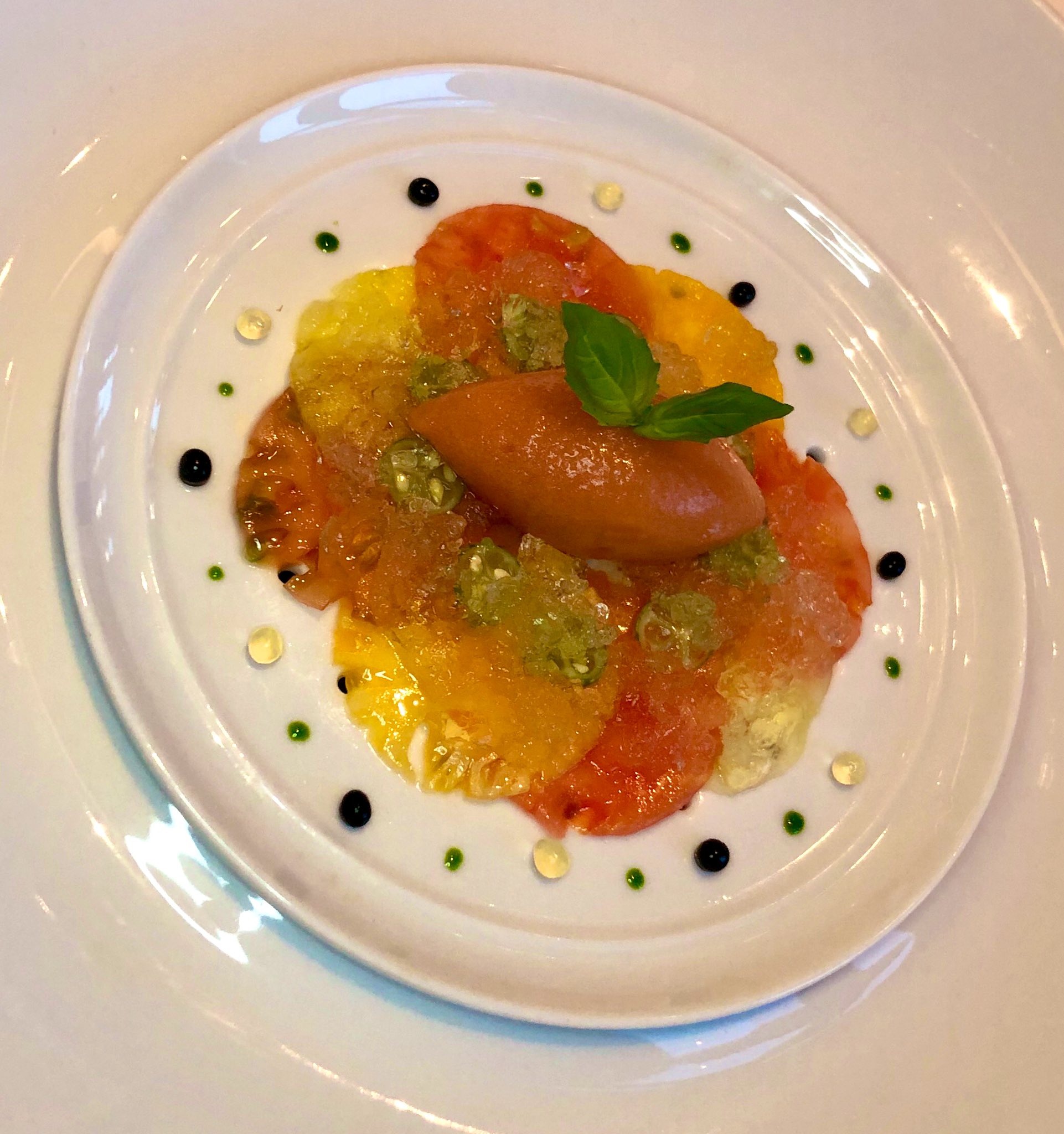 (Tomato “carpaccio” and sorbet)
(Tomato “carpaccio” and sorbet)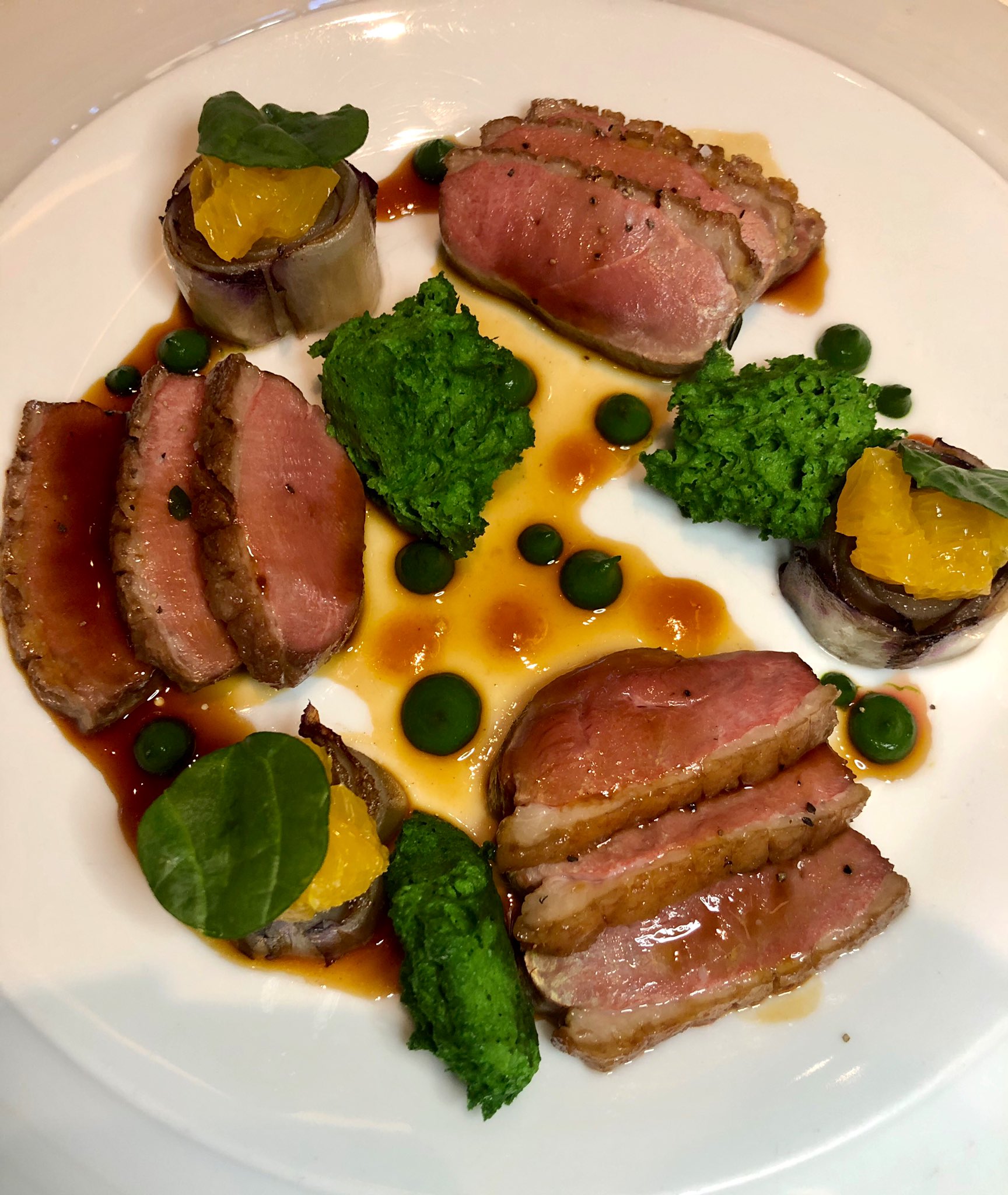 (The French know ducks like a Korean knows cabbage)
(The French know ducks like a Korean knows cabbage)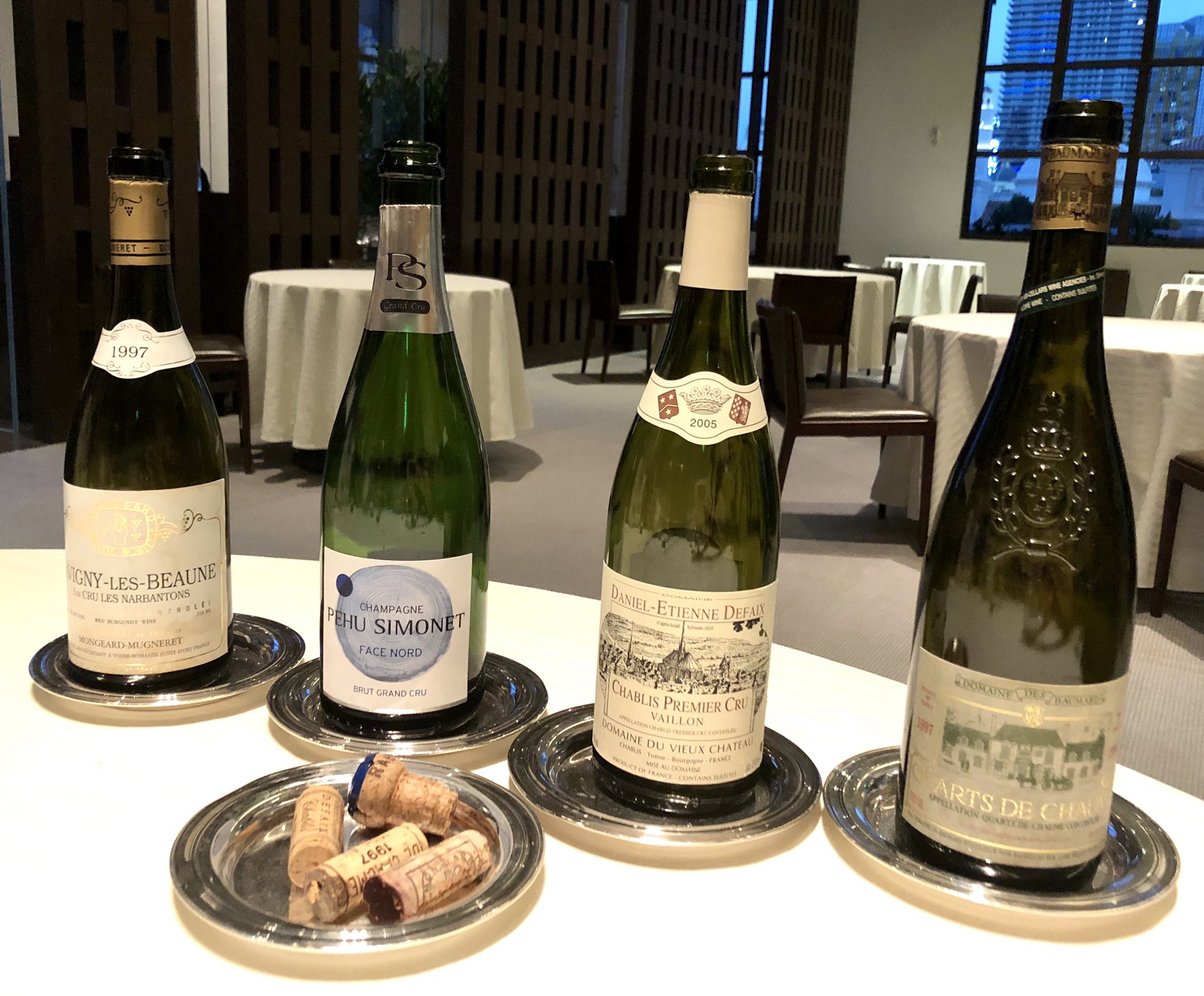 (My usual at GS Caesars)
(My usual at GS Caesars)
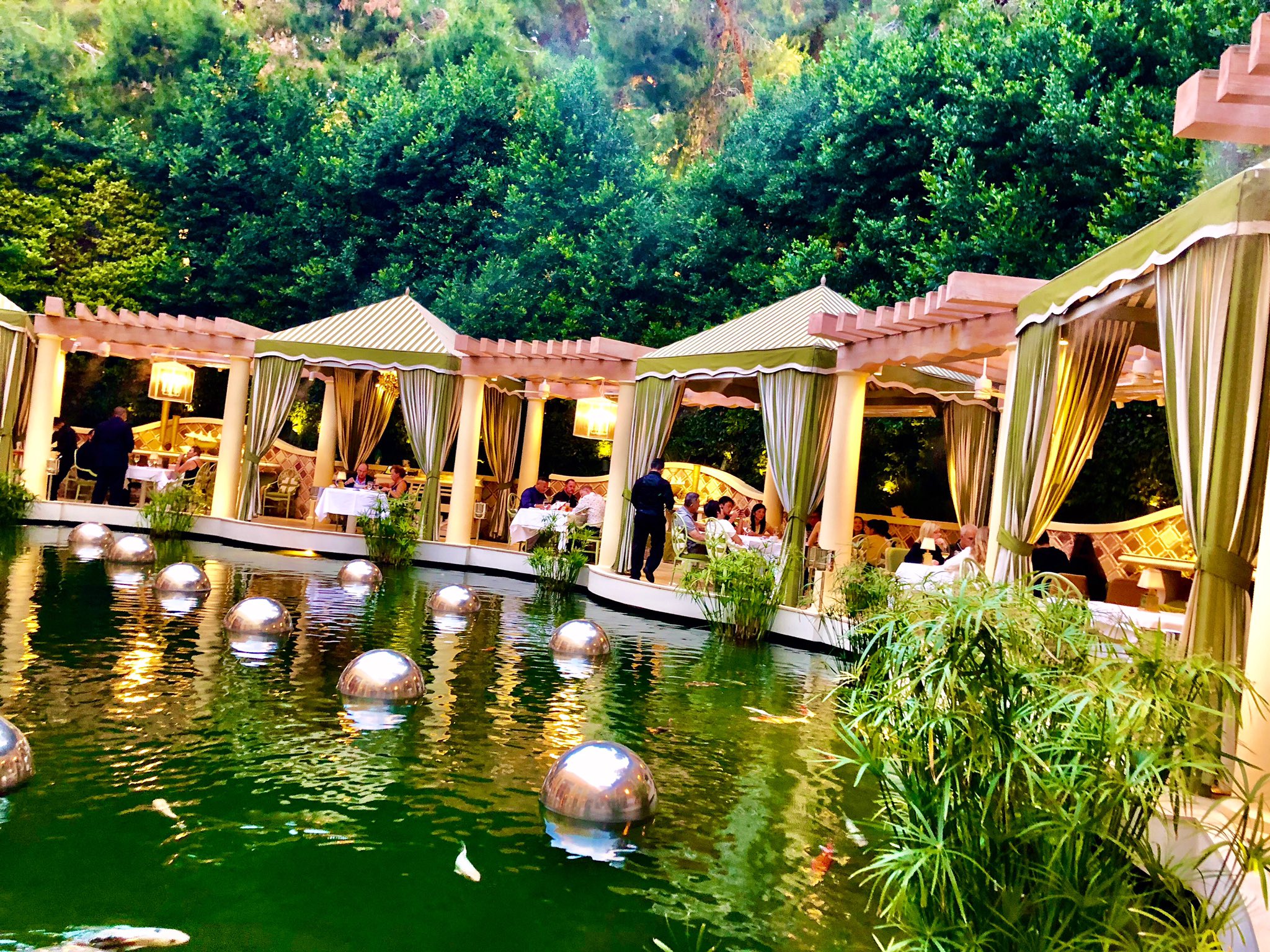 (Costa di Mare)
(Costa di Mare)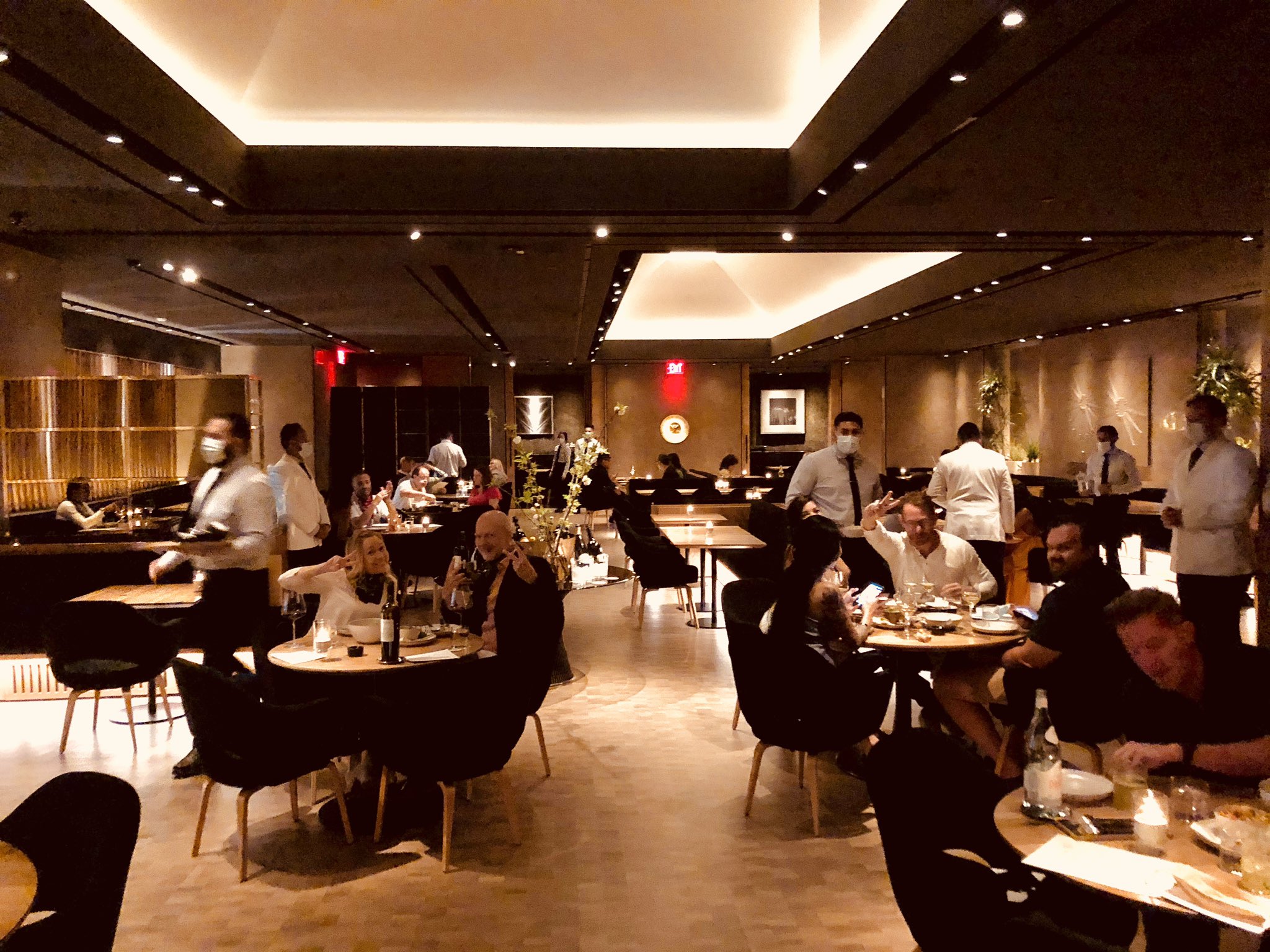 (ELIO es magnifico!)
(ELIO es magnifico!)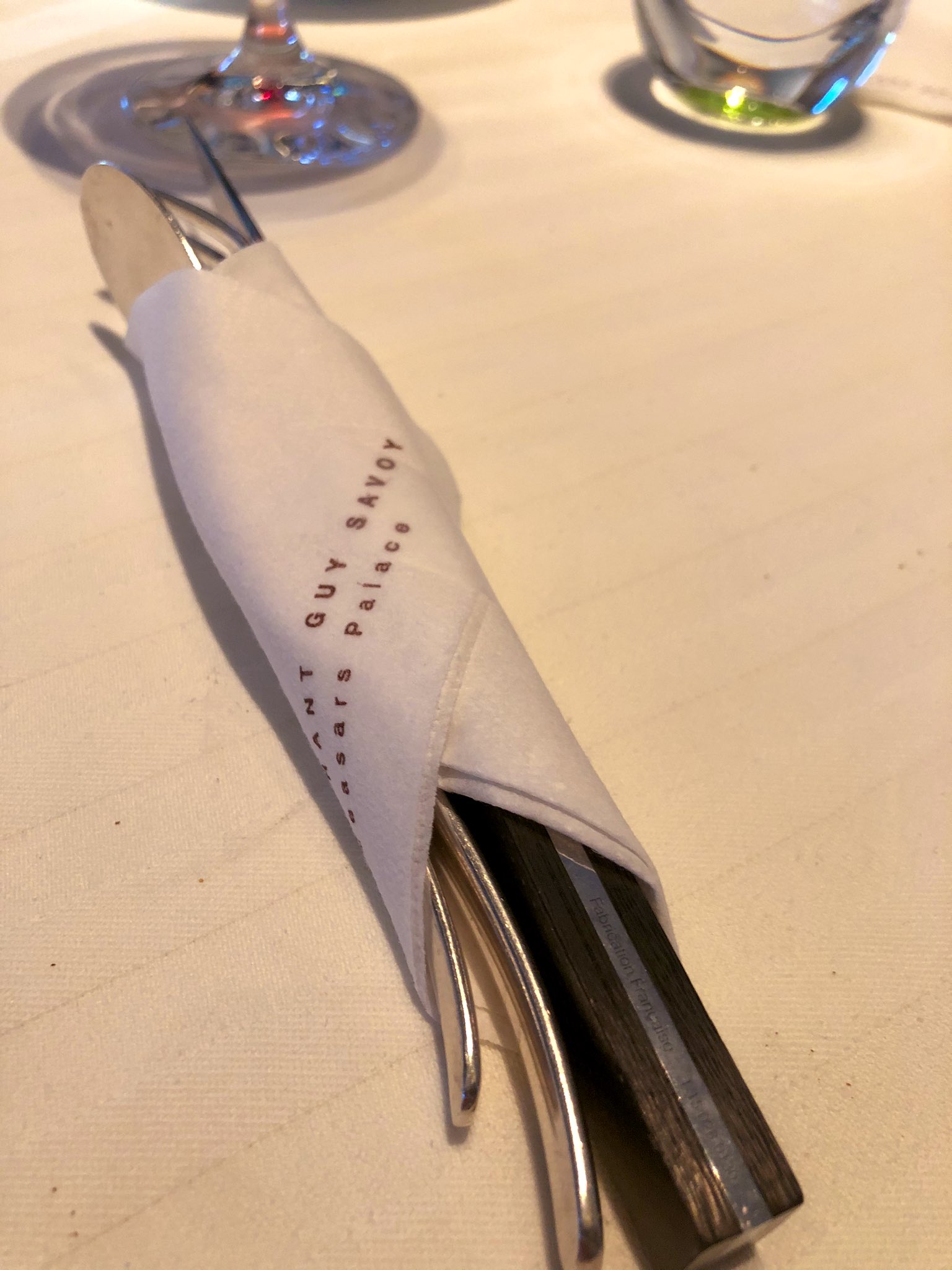
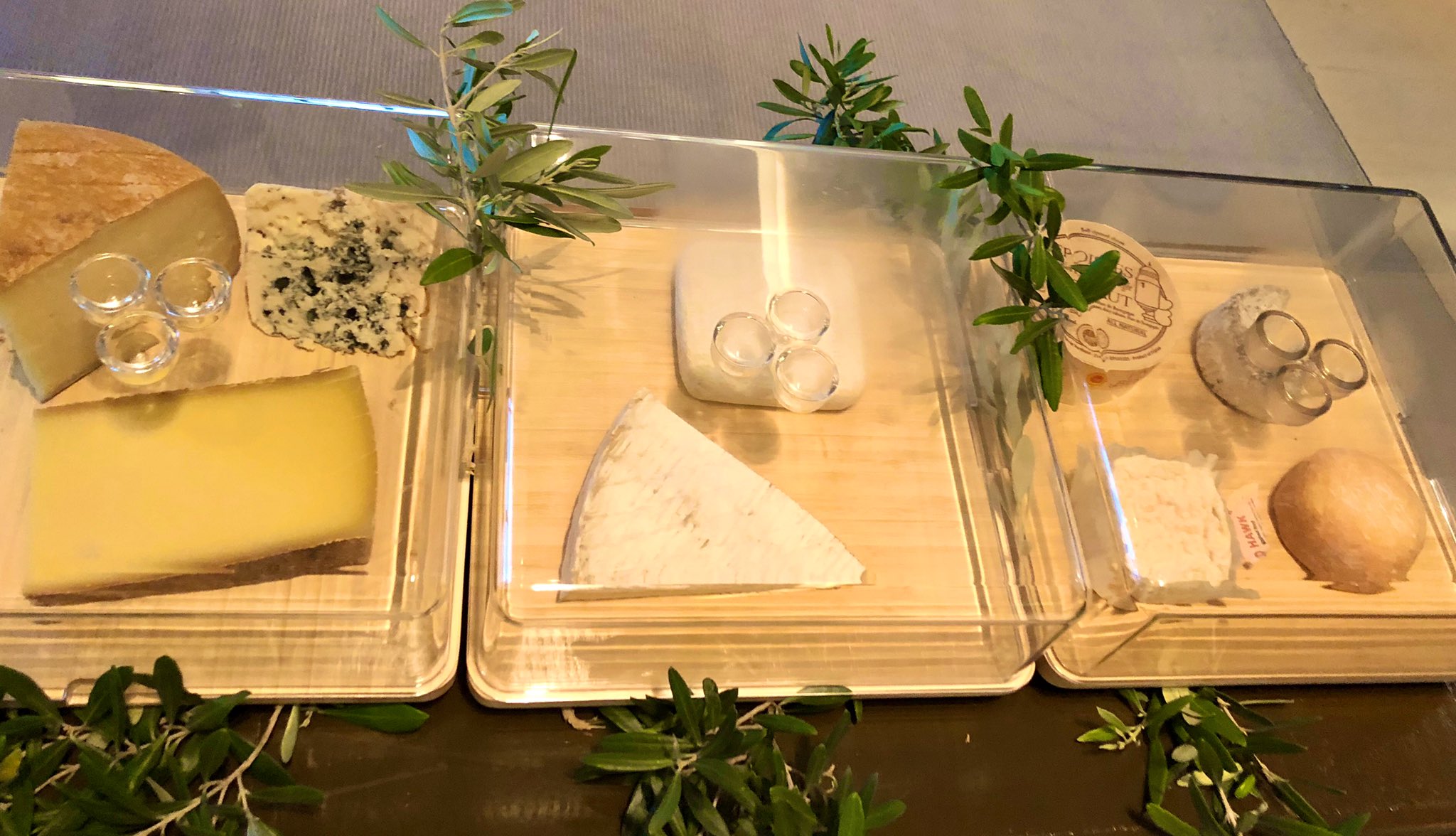 (Pretty cheesy if you ask me)
(Pretty cheesy if you ask me)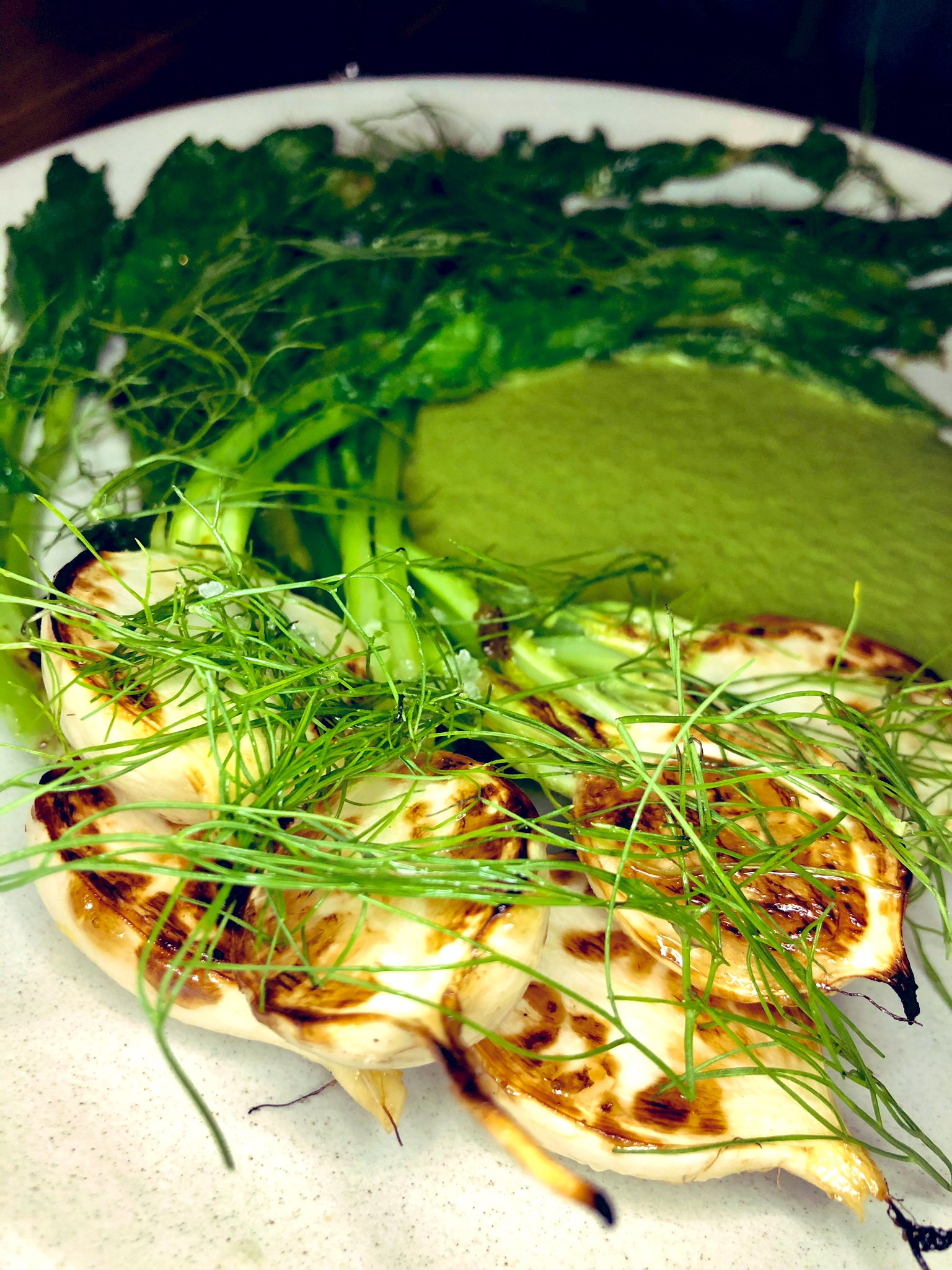 (You won’t turnip your nose at these)
(You won’t turnip your nose at these)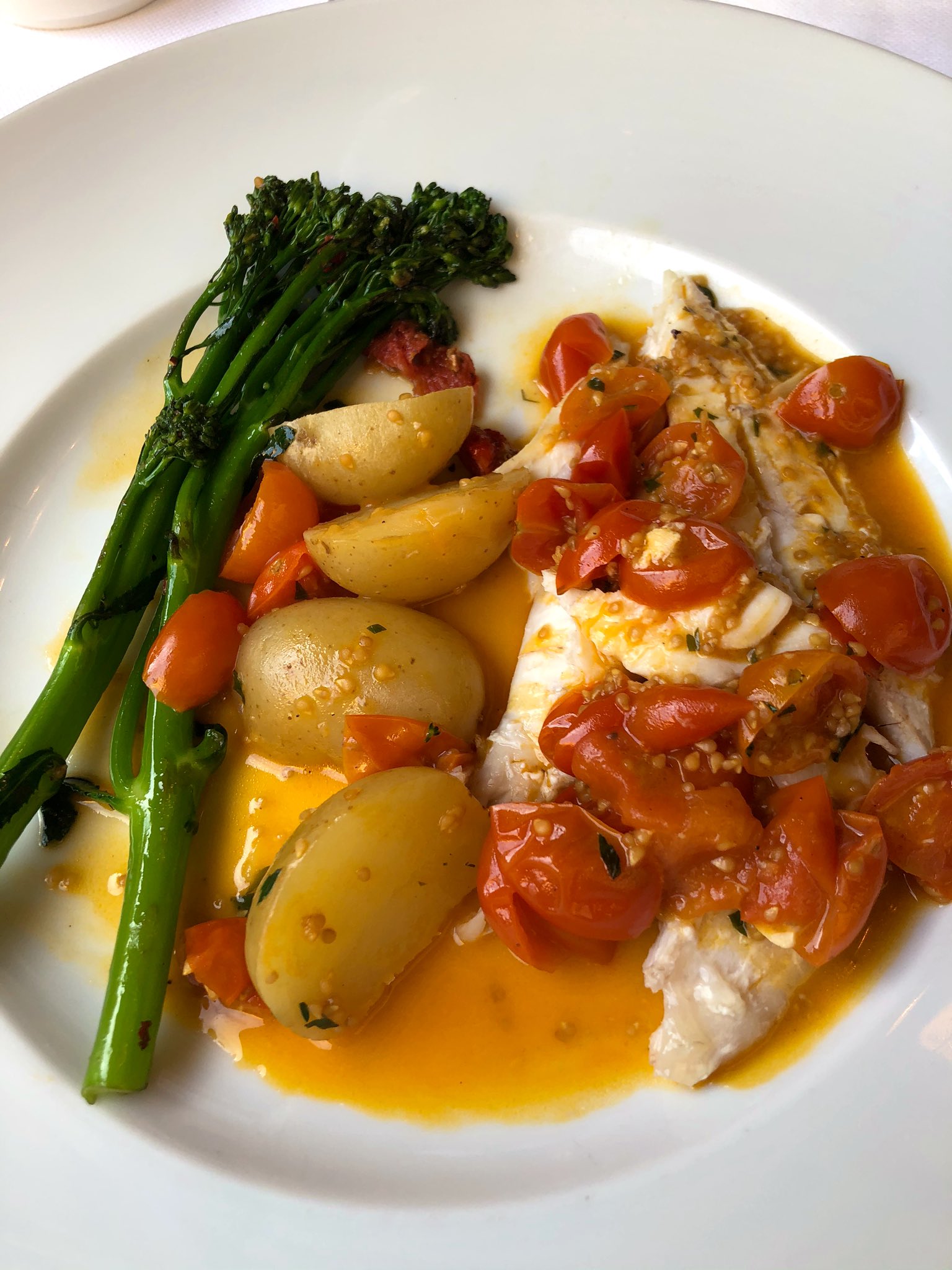 (John Dory at Costa di Mare)
(John Dory at Costa di Mare)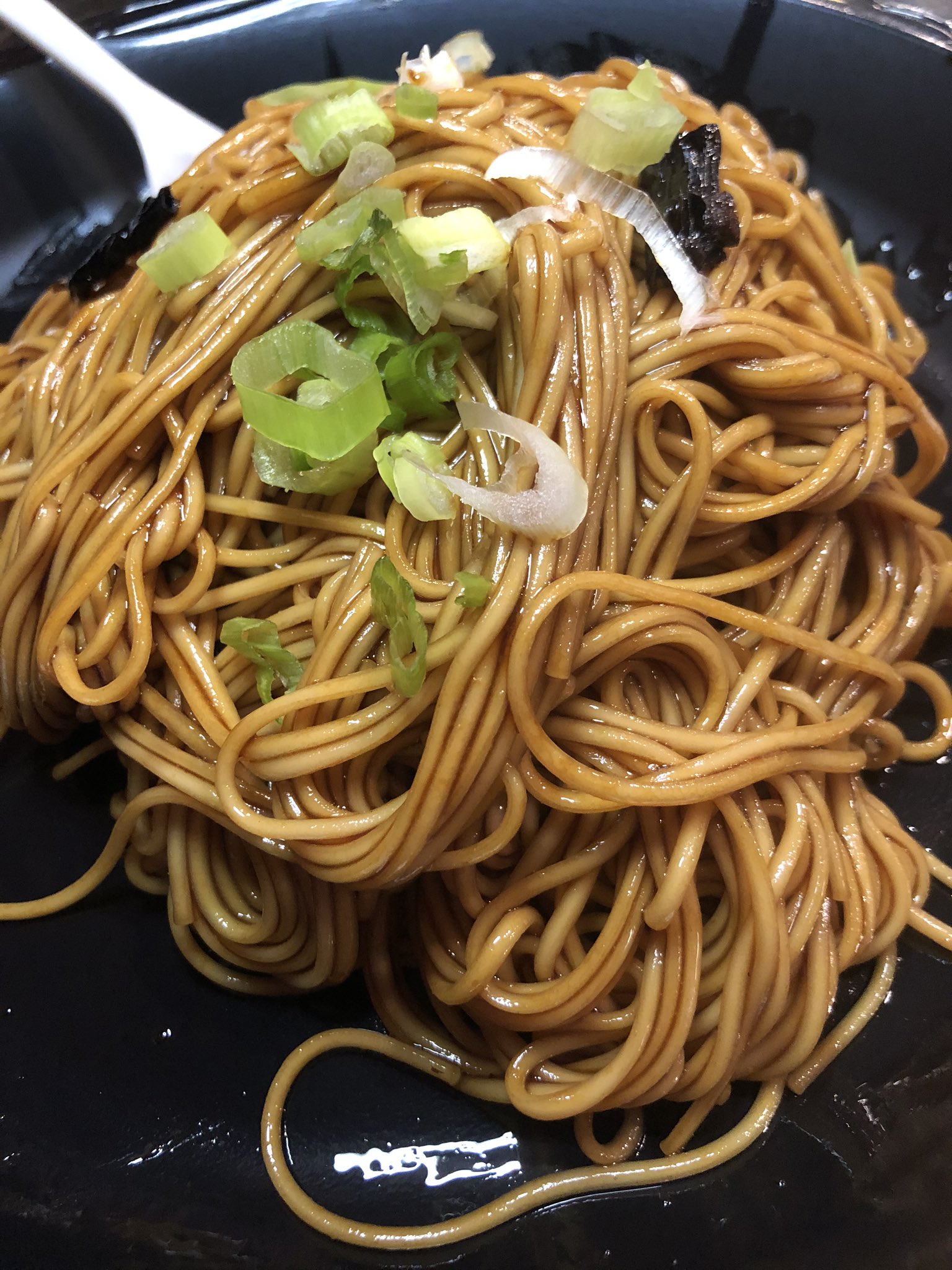
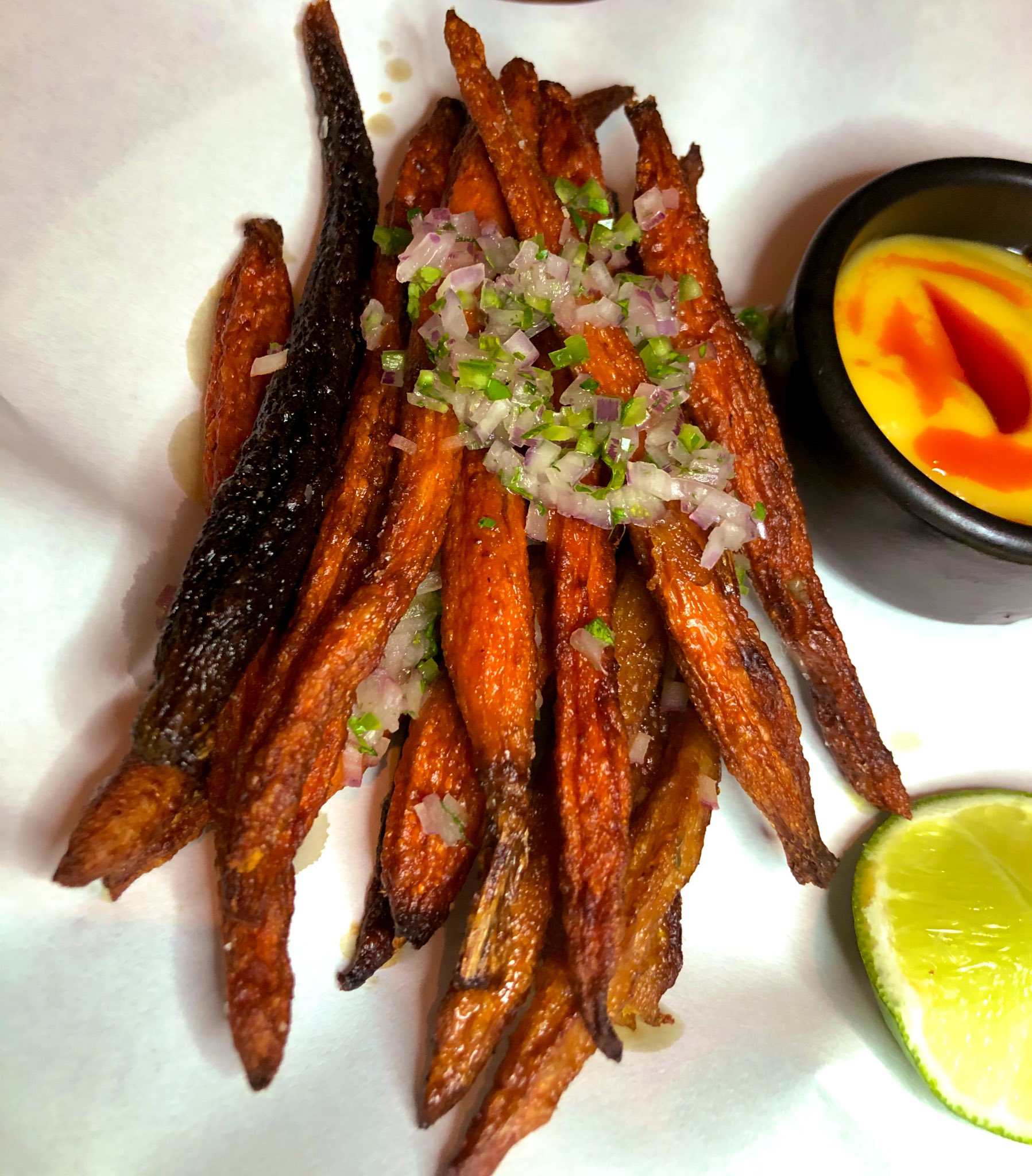 (Keep calm and carrot on at ELIO)
(Keep calm and carrot on at ELIO)